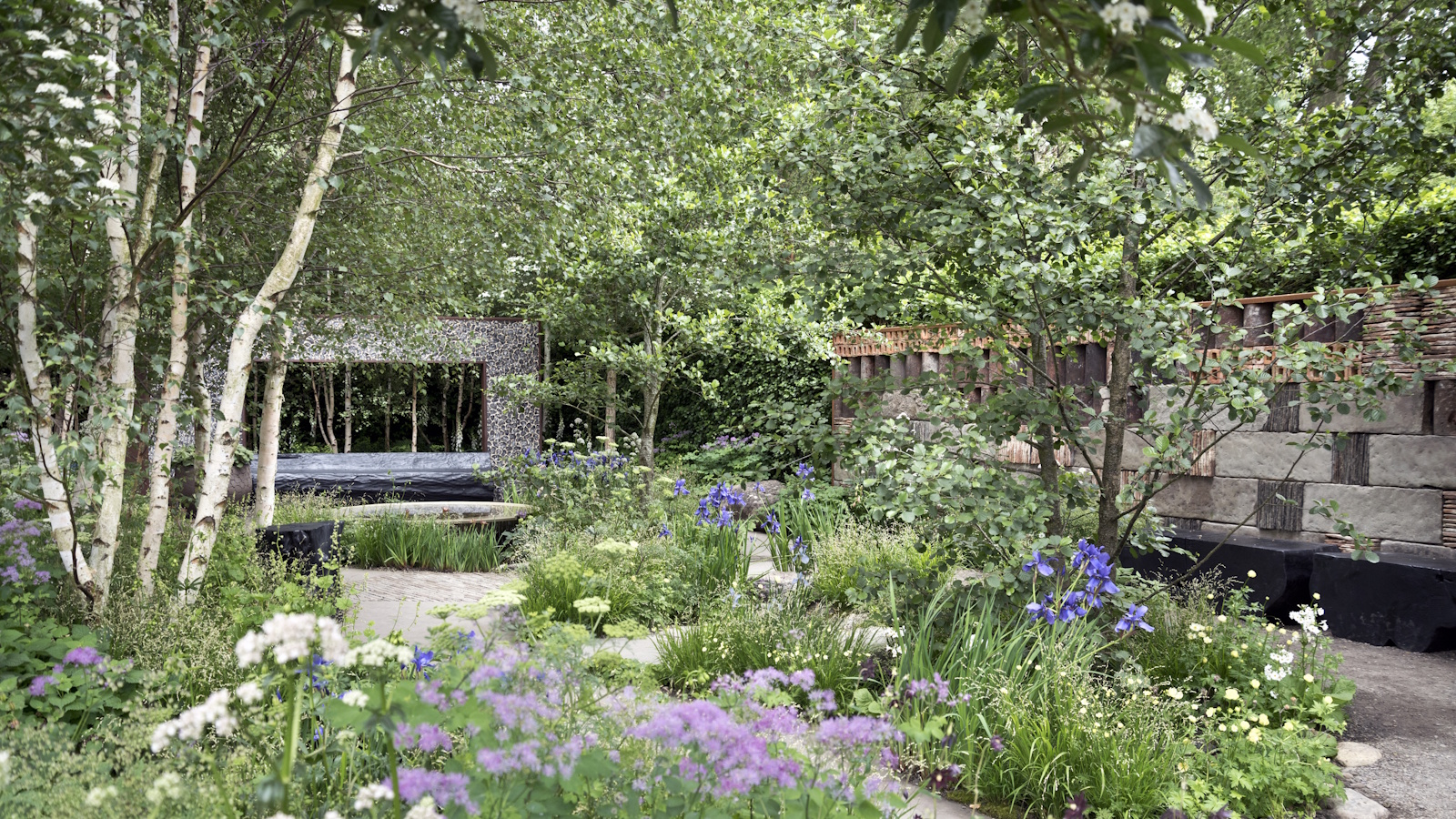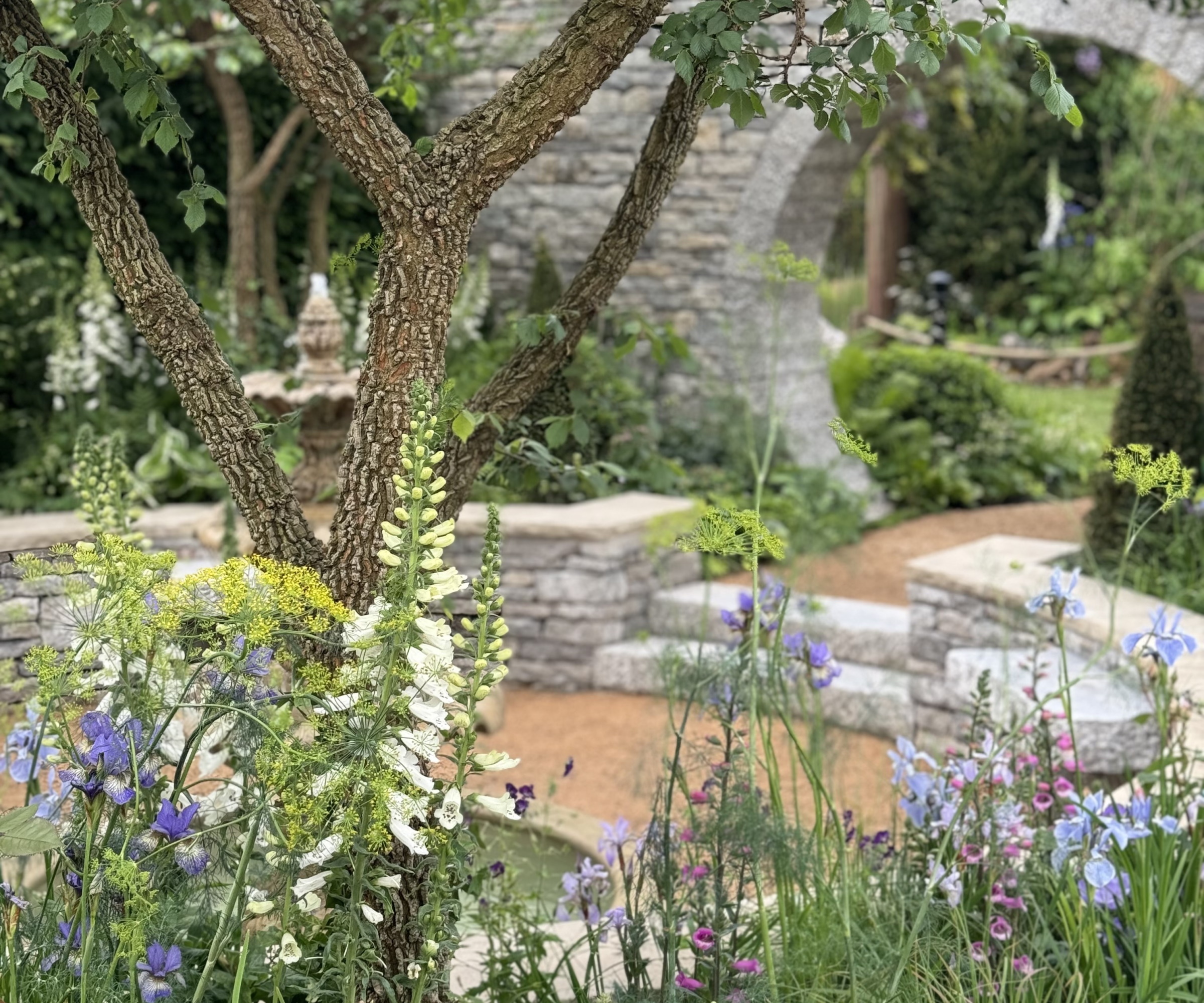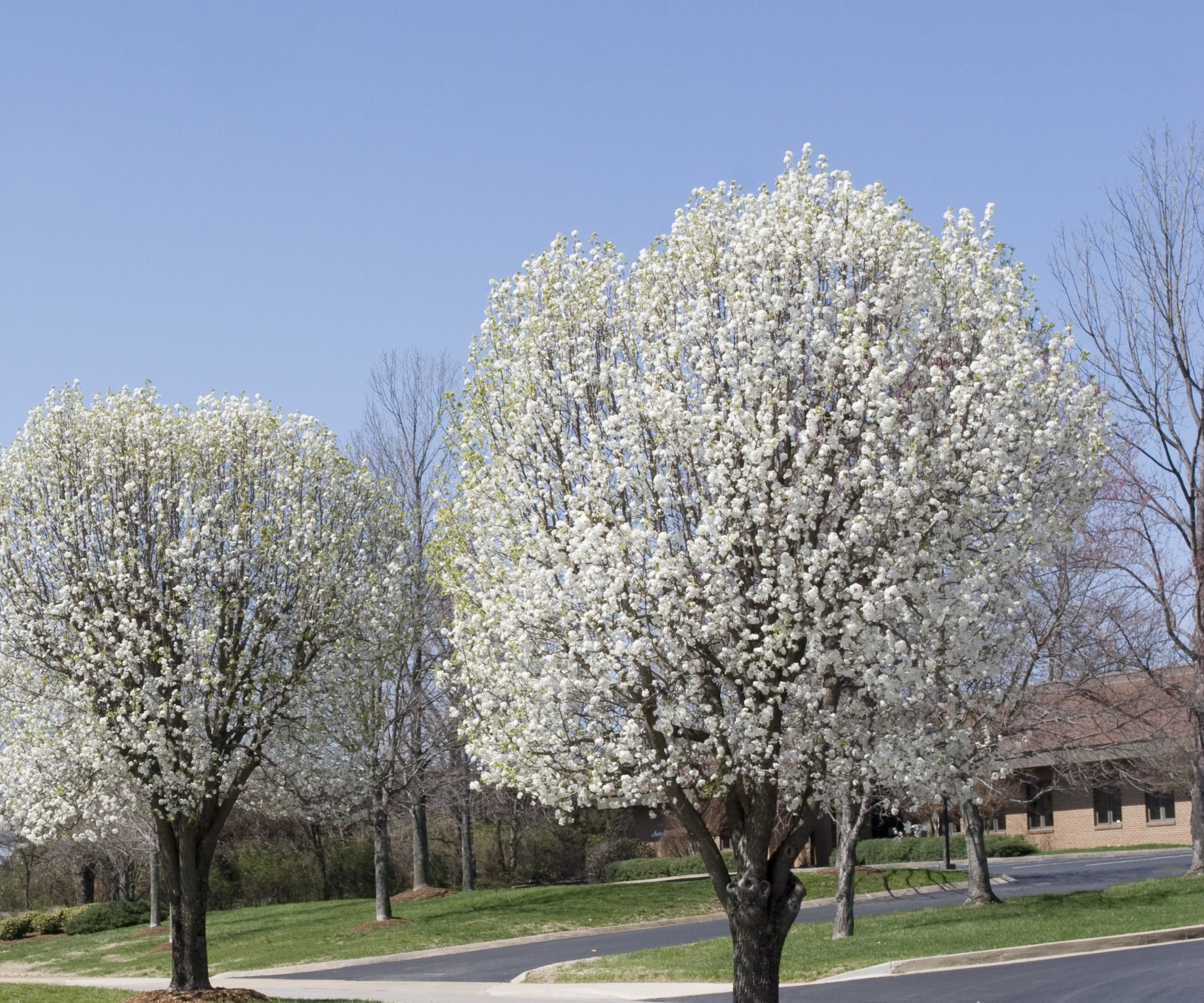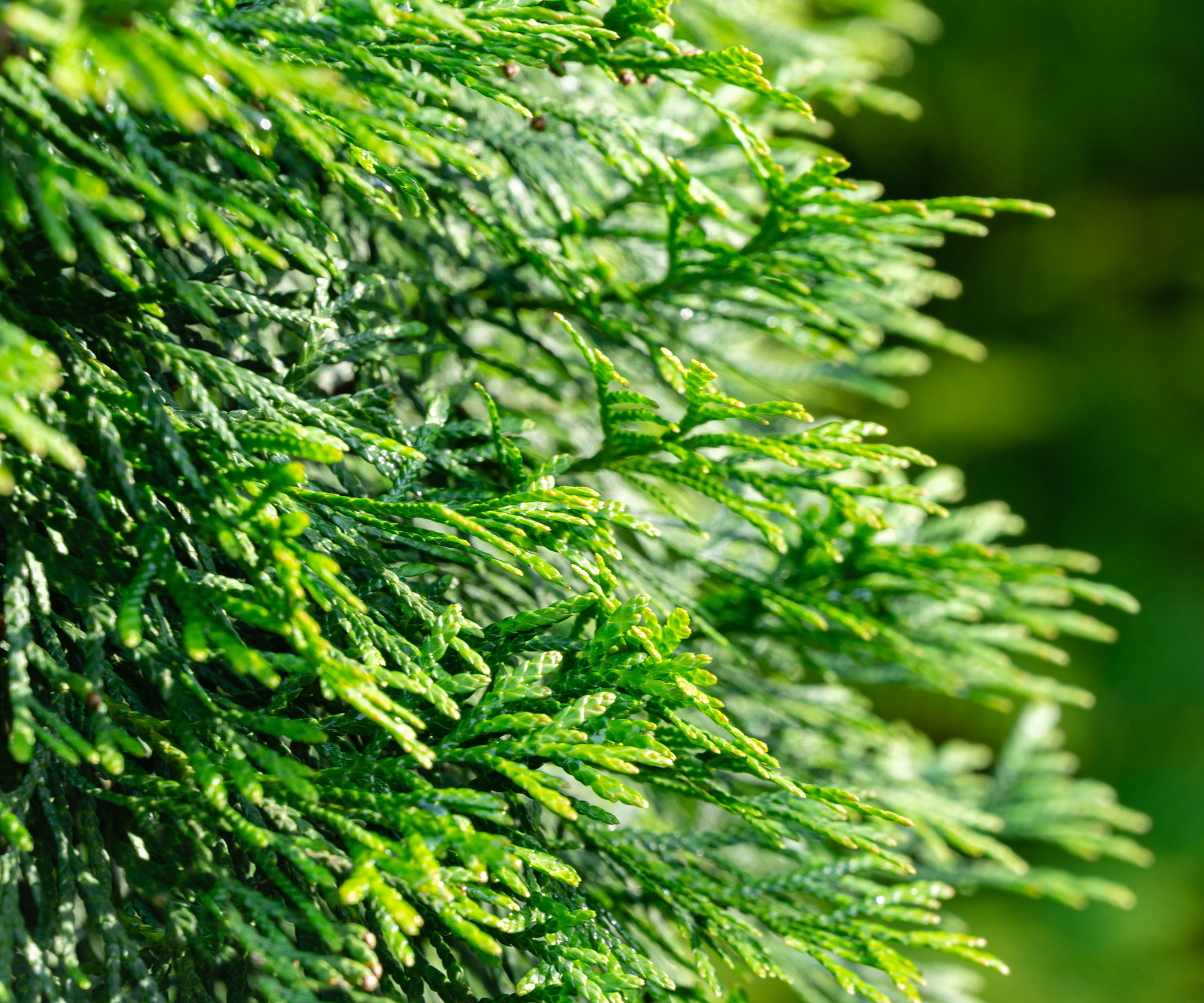Plants you should never let grow too tall to avoid HOA fines – and the best dwarf alternatives
You could incur an HOA fine if tall plants and trees are not kept under a certain height


When you purchase a home within a homeowners association (HOA), the authority over your landscape doesn’t rest solely with you. Oftentimes an HOA, an entity formed of a neighborhood such as a subdivision or planned community, sets and enforces rules affecting properties and residents. What you can and cannot place in your yards are often overseen by this organization.
An HOA’s established regulations regarding properties often include specific landscaping standards. Although each HOA operates independently and have different bylaws, many implement similar limitations, particularly regarding how tall trees, bushes, and decorative plants can grow on residential lots.
The goal of these HOA guidelines is typically to enhance and preserve the neighborhood’s overall appeal. For instance, HOAs might prohibit invasive plants like bamboo, which some homeowners might use for added privacy. Interestingly, many of the best plants for privacy are actually more compact and easier to maintain. With the help of experts, we delve into the reasoning behind these plant height limits, list common species that are often banned, and suggest alternative options that comply with HOA standards.
HOAs' reasons for limiting plant height

The reason for limiting plant height is simple: Trees, shrubs and even large ornamental plantings can put the community at risk.
‘Most HOAs limit front yard plants that exceed 8 ft, especially when planted near lot lines or utilities,’ says Michael Benoit, an expert in HOA Compliance Risk and Contractor Landscape Regulations and the founder of California Contractor Bond & Insurance Services. ‘Fast-growing trees like eucalyptus, cottonwood, and even some crepe myrtles get flagged. They drop limbs, lift sidewalks, and mess with foundation lines.’ Michael indicates that even grasses can be flagged for blocking sightlines and spreading aggressively.
‘The issue is growth over time,’ Michael explains. ‘A plant might go in under 3 ft. tall and pass inspection, then balloon to 10 ft. by year three. Once that hits a neighbor’s view or casts shade on solar panels, complaints roll in.’
Barbara Robinson, Property Environment Specialist at WeatherSolve Structures Inc., agrees with Michael, adding that it’s really about visibility and maintenance and not about height. ‘The headache starts when trees, grasses, or tall shrubs begin blocking line of sight, growing over rooftops, or casting shadows on a neighbor’s solar panels. In reality, anything that looks like a privacy screen but was not approved as one gets flagged. Even ornamental grass over 5 ft. can be labelled a ‘visual obstruction,’’ Barbara explains.
Design expertise in your inbox – from inspiring decorating ideas and beautiful celebrity homes to practical gardening advice and shopping round-ups.
Barbara clarifies that perimeter or neighbor-to-neighbor height restrictions are often not capped at an absolute height. ‘Rather, when a plant starts exceeding the fence line by more than 25% of its height, that is usually when the violations roll in,’ she says. ‘The magic number they watch for is anything growing more than 1.5 times the average fence height in the area.’
HOAs will start caring about a too-tall tree or shrub when you stop trimming it. ‘Once a plant gets tall and wide, you are no longer maintaining a feature, you are managing a boundary. That is where people get into trouble,’ Barbara adds.

Michael Benoit is an expert in HOA Compliance Risk & Contractor Landscape Regulations and the founder of California Contractor Bond & Insurance Services. He have spent the past 15 years working with contractors, developers, and homeowners navigating insurance and compliance issues inside HOA-managed properties.

Barbara Robinson is Property Environment Specialist at WeatherSolve Structures Inc. She works with regulated residential zones and HOA-controlled neighborhoods on structural design and environmental planning. Her experience spans over 30 years in managing external environments where plant behavior meets policy.
What plants do HOAs restrict?

Jason Keeley, a professional gardener and the founder of Mowing Magic, works regularly with HOAs on member landscapes. He says some associations specify which plants are and are not allowed in the association’s Covenants, Conditions, and Restrictions (CC&Rs). Other times, he says, the HOA’s landscape committee will require approval for any new trees or shrubs.
The plants and trees Jason says frequently run afoul of HOA rules due to height concerns include:
Leyland Cypress. ‘This is a fast-growing evergreen that many homeowners use for privacy screening,’ Jason says. ‘However, it can quickly reach 40–60 feet in height, which is well beyond what most HOAs allow and requires regular maintenance to avoid encroachment on neighboring lots.’
Bamboo. The running type of bamboo is fast-growing and can aggressively grow to 30 feet or more. ‘Because of its invasive tendencies and rapid vertical growth, many HOAs either ban it outright or require containment systems and strict height maintenance,’ Jason explains.
Arborvitae ‘Green Giant’. This popular evergreen can grow 3–5 ft. per year and can get as tall as 60 ft.
Bradford Pear. ‘This was once a favorite in suburban neighborhoods for its uniform shape and flowers,’ Jason says, ‘but they can grow to 40–50 feet and are now discouraged or restricted by many HOAs due to their size, structural instability, and tendency to split.’
Pampas Grass. While a gorgeous and low-maintenance ornamental grass, it can reach 8–12 ft. tall and wide. ‘It’s often restricted in smaller suburban yards due to its size, potential fire hazard, and tendency to overtake surrounding plants,’ Jason adds.
Silver Maple and Weeping Willow. Both of these trees are fast growers that can reach excessive heights (50-plus ft.). Jason points out that they both have aggressive root systems that can interfere with sidewalks, driveways, and underground pipes, and that’s why they are often prohibited by HOAs.
What are the penalties?

The consequences for breaking an HOA plant height restriction vary from association to association. Generally speaking, however, this is a part of the CC&R that the HOA board pays particular attention to and will not go unnoticed.
‘If you plant something outside the guidelines, the HOA usually issues a notice of violation,’ says Benson Varghese, Board Certified Lawyer and Founder and Managing Partner of Varghese Summersett in Texas. ‘The violation may come with a fine or a demand to remove the plant within a set number of days. Ignoring those warnings can lead to escalating fines, lien placements, or in rare cases, a lawsuit.’
Benson adds that some HOAs also have architectural review committees that require preapproval for all landscaping changes, even if the plant is common in the neighborhood.
‘The safe approach is to check the HOA’s bylaws and landscape addendums before planting anything over 4 ft,’ Benson suggests. ‘Keep in mind that rules can change over time based on new votes. A plant that is allowed now may be flagged later, and if it has matured into a large tree, removal costs fall on the owner.’

Benson Varghese is a Board Certified Criminal Lawyer and a criminal defense attorney, as well as the founder and Managing Partner of Varghese Summersett, a 50-person law firm in Texas. He is also the founder of Lawft, a law practice manager SaaS.
Shorter alternatives

Smaller versions of plants that often exceed an HOA height limit do exist and are viable options for homeowners looking for the familiar yet in dwarf form.
‘Honestly, it’s easy to stay compliant as long as you start with smart plant selection,’ says Matthew Rowlings, Founder of Tropical Tree Guide, an edible landscaping business based in Florida who does work in HOAs. ‘For instance, instead of a towering Valencia Pride Mango, a dwarf variety like Pickering stays much more compact and manageable,’ he explains. ‘Likewise, a Dwarf Chinkapin Oak can offer shade without pushing past typical HOA limits.’
An alternative to the fast-growing ‘Green Giant’ arborvitae typically used for hedging is ‘Junior Giant’ arborvitae, says Angela Treadwell-Palmer of plant breeders’ agents Plants Nouveau. ‘It’s 60% the size of ‘Green Giant’ and it’s denser, which means you don’t have to trim it to make it look full,’ she says. ‘You can easily keep it at 6-ft. tall by trimming it once a year.’
Thuja ‘Junior Giant’ is available at Fast Growing Trees.
Another popular property line shrub is the Korean spice bush (Viburnum carlesii). These beautifully fragranced shrubs can grow up to 12 ft. tall, but Angela points us to two varieties, ‘Spice Island’ and ‘Sugar n’ Spice’, that are no more than 5 ft. tall yet provide the same function and fragrance but in a smaller form and with a slower growth habit.
Korean spice bush ‘Spice Island’ is available from Nature Hills.
Plants Nouveau has also introduced two dwarf physocarpus, or ninebark, a plant that is typically as tall as 9 ft. ‘Sweet Cherry Tea’ is the purple-leaved variety and ‘Raspberry Lemonade’ has yellow leaves. Both of these native plants are less than 4 ft. tall and offer amazing color as manageably sized hedge shrubs.
Shears to trim your hedges are available on Amazon.

Angela has a Bachelor of Science in Ornamental Horticulture and Landscape Design from the University of Delaware. Before embarking on Plants Nouveau, she managed the staff and development of half of the collections at the U.S. National Arboretum in Washington, DC, as well as their Elite Plant Introduction Program. She was also a perennial buyer/grower for one of the largest retail garden centers on the East Coast and managed the Plant Introduction Program for Chicagoland Grows®, Inc., the plant introduction program of the Chicago Botanic Garden and the Morton Arboretum.

Jason Keeley is a seasoned lawn care professional and robotic mower expert with a passion for innovation in outdoor maintenance. As an advocate for smart lawn care solutions, Jason specializes in robotic mowers, sustainable landscaping, and cutting-edge technology that makes yard work easier and more efficient.

Matthew Rowlings is located in Central Florida (Zone 10A) and has more than 9 years of hands-on experience with growing, propagating and grafting 20+ types of tropical fruit trees & tropical ornamental trees on his suburban lot. He has a degree in Biology from the University of Florida and is an active Florida Master Gardener.
FAQs
Where can I find more information on appropriate plants for my HOA?
Matthew’s advice for homeowners trying to avoid fines for too-tall plants is to choose lower vigor or naturally small species. ‘If you don't know or have questions on what specific species to choose for your area, contact your local University Extension Office,’ Matthew advises. ‘They will be able to give you a list of dwarf options that are best suited for your particular situation.’
In recent years, plant breeders have been selecting for trees, shrubs and grasses with smaller footprints and denser habits that are more appropriate for urban and suburban living. These also do well in situations with HOA height restriction. We assembled a list of some of the best dwarf trees for small spaces, as well as the best dwarf evergreens for year-round color and interest in your landscape.

Ellen Wells is a horticultural communications consultant with 30 years experience writing about all aspects of the gardening world, and for GardeningKnowHow.com since 2024. She specializes in retail horticulture, vegetable gardening and tropical plants. Ellen is based in southern New England where she gardens in zone 7a.
You must confirm your public display name before commenting
Please logout and then login again, you will then be prompted to enter your display name.